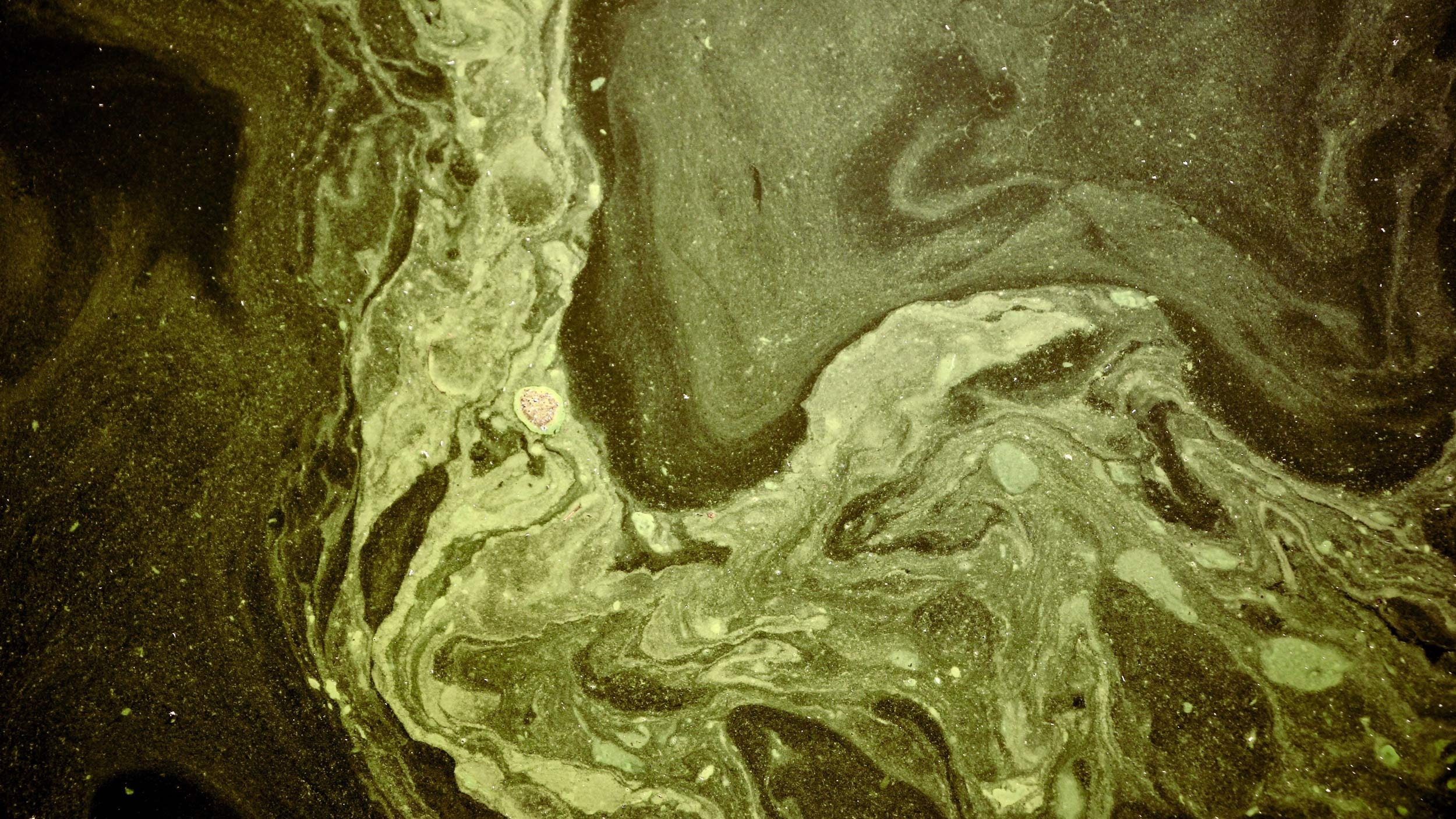Changing Biogeochemical Flows
BIOGEOCHEMICAL CYCLES are the pathways by which elements like carbon, phosphorus, nitrogen, and sulfur, or compounds like water, flow between living organisms and the environment. Human activities can alter these cycles be producing or consuming in different quantities. For example, agricultural fertilizer and soil erosion have substantially increased levels of biologically available nitrogen and phosphorous in natural systems. Human production of biologically available nitrogen, primarily driven by the synthetic production of nitrogen fertilizer, is now greater than all forms of natural production combined. The flow of phosphorous into the oceans, primarily driven by the use of fertilizer from mines and livestock manure, is roughly three times the preindustrial level. Excess nitrogen decreases plant diversity in terrestrial ecosystems, and the combination of excess nitrogen and phosphorous in water bodies leads to algal blooms and eutrophication.
L2: Identify areas for intervention in each of the biogeochemical cycles whereby human intervention could mitigate downstream impacts.
L3: Relate specific changes in each biogeochemical cycle with the corresponding human health impacts.
A teaching manual with sample modules and associated activities for teaching about health and environmental change produced by COPEH-Canada.
→ Español
→ Français
→ English
→ Read more
Global Biogeochemistry
This Harvard University course will examine principal biogeochemical cycles including the hydrological, carbon, sulfur, and nitrogen cycles. The focus will be on both the micro-scale underpinnings of these cycles and the global implications of the processes.
→ Syllabus
Planetary Health & Environmental Epidemiology
In this graduate level course, students will study the human health impacts of accelerating environmental change through interdisciplinary approaches including environmental science, political science, and public health.
→ Syllabus
The Impact of Nitrogen and Phosphorus on Water Quality
(L2, L3) This fact sheet produced by the Ohio EPA in 2011 explains the history of water quality issues and impacts of harmful algal blooms caused by excess nitrogen and phosphorus from human activities. This is background information for Ohio EPA's strategy to reduce nutrients entering waterways and prevent contamination of drinking water.
→ Factsheet
Introduction to Biogeochemical Cycles
(L1) This video provides a comprehensive introduction to biogeochemical cycles on our planet to provide a basis for understanding anthropogenic changes.
→ Watch the video
→ Teaching tool
Biogeochemical Cycles E-Textbook
(L1, L3) This beautiful E-Textbook explores the background and basic information about biogeochemical flows and is broken into comprehensive sections.
→ E-Textbook
Articles
